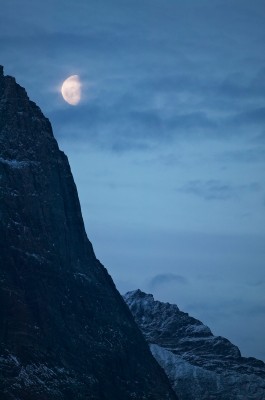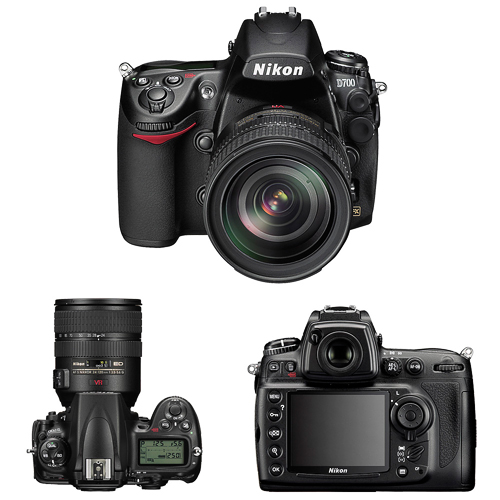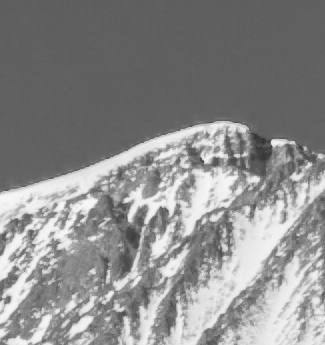Shoot the Moon!
One of the wonders of the night and twilight skies is the moon, and yet the moon can be a challenging subject to integrate into a landscape shot. There are several reasons for this, exposure problems, apparent size, depth of field, getting the moon near the horizon and subject movement all take their turns at making landscape photography with the moon a challenge. In this post, I’ll outline the different challenges in incorporating the moon into your landscape photography, and then provide some suggestions for how to work with these different limitations.
The first problem most people run into is the size problem. For a variety of reasons, we usually “see”, subjectively, the moon as larger than it is, in a pure angular sense, it’s actually quite small, perhaps half a degree in diameter. How big of a telephoto do you need to handle this? Well, if you spent over $100,000 on Canon’s biggest baddest EF lens and popped it onto a full-frame camera with a 2x teleextender, the moon would still probably barely but entirely fit in the view. That’s 2400mm of effective focal length, so if you include the moon in a 24mm image, you can guess that the moon is going to be a lot smaller (not quite 100 times smaller, but that’s not a bad guess) than the frame. If you imagine a big moon in a wide, wide landscape, you’re likely to be disappointed, the math just doesn’t work.


